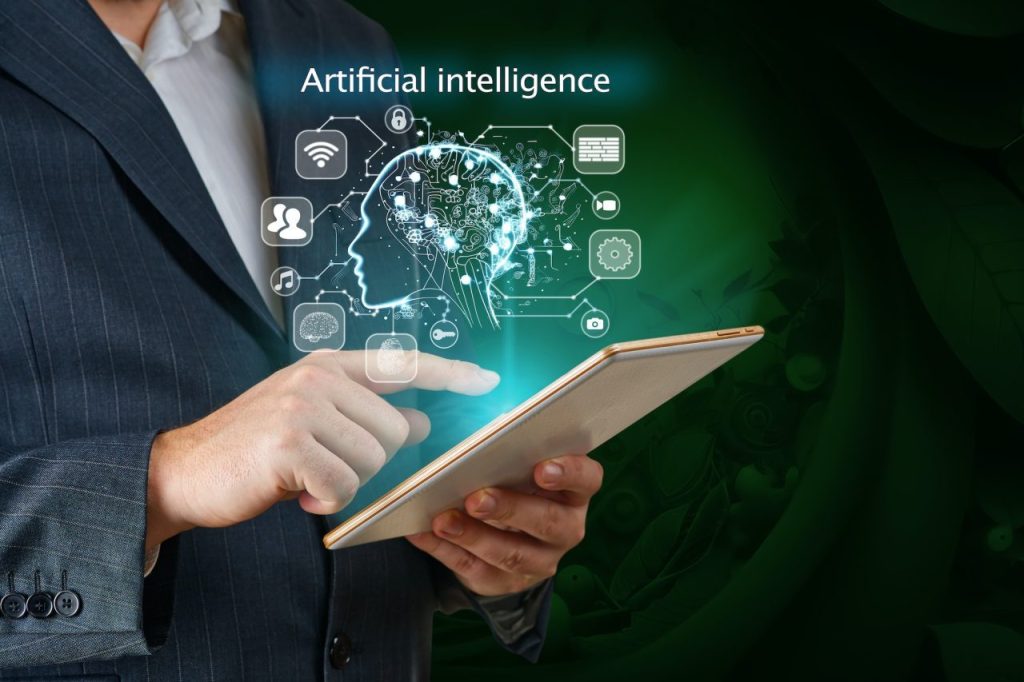Demystifying Artificial Intelligence: Understanding the Basics

Demystifying Artificial Intelligence: Understanding the Basics In today’s rapidly evolving technological landscape, the term “Artificial Intelligence” (AI) often sparks curiosity and sometimes confusion. From science fiction to real-world applications, AI has become a buzzword across industries. However, understanding the basics of AI is crucial for grasping its potential and implications. At its core, Artificial Intelligence refers to the simulation of human intelligence processes by machines, particularly computer systems. These processes include learning, reasoning, problem-solving, perception, and language understanding. Unlike traditional computer programs, AI systems have the ability to adapt and improve their performance over time without explicit programming. The Fundamentals of Artificial Intelligence 1. Machine Learning: Machine Learning (ML) is a subset of AI that focuses on developing algorithms and statistical models that enable computers to perform tasks without explicit instructions. Instead, ML algorithms learn from data, identify patterns, and make decisions or predictions based on their analysis. 2. Neural Networks: Neural Networks are a fundamental concept in AI inspired by the structure and function of the human brain. These interconnected networks of nodes, or artificial neurons, process and transmit information through layers of computation. Deep Learning, a subset of ML, utilizes deep neural networks with multiple layers to extract high-level features from raw data. 3. Natural Language Processing (NLP): Natural Language Processing enables computers to understand, interpret, and generate human language. NLP algorithms analyze and derive meaning from textual data, allowing for applications such as language translation, sentiment analysis, and chatbots. 4. Computer Vision: Computer Vision involves the development of algorithms and techniques that enable computers to interpret and understand visual information from the real world. Applications of computer vision include object detection, facial recognition, and image classification. Real-World Applications of Artificial Intelligence 1. Healthcare: AI is revolutionizing healthcare with applications such as medical image analysis, disease diagnosis, personalized treatment recommendation, and drug discovery. 2. Finance: In the finance sector, AI algorithms are used for fraud detection, algorithmic trading, risk assessment, and customer service automation. 3. Autonomous Vehicles: The development of autonomous vehicles relies heavily on AI technologies such as computer vision, sensor fusion, and machine learning for navigation, obstacle detection, and decision-making. 4. Personalized Recommendations: AI-driven recommendation systems leverage user data and behavioral patterns to provide personalized content, product recommendations, and targeted advertisements across various platforms. Ethical and Societal Implications While the advancements in AI present exciting opportunities, they also raise ethical and societal concerns. Issues such as bias in algorithms, data privacy, job displacement, and autonomous decision-making highlight the importance of responsible AI development and governance. Conclusion In conclusion, Artificial Intelligence is a multifaceted field that encompasses various techniques, algorithms, and applications aimed at simulating human intelligence in machines. By understanding the basics of AI, we can appreciate its potential to transform industries, enhance efficiency, and drive innovation while addressing the ethical challenges and ensuring responsible deployment. As AI continues to evolve, its impact on society will undoubtedly shape the future of technology and human-machine interaction.

